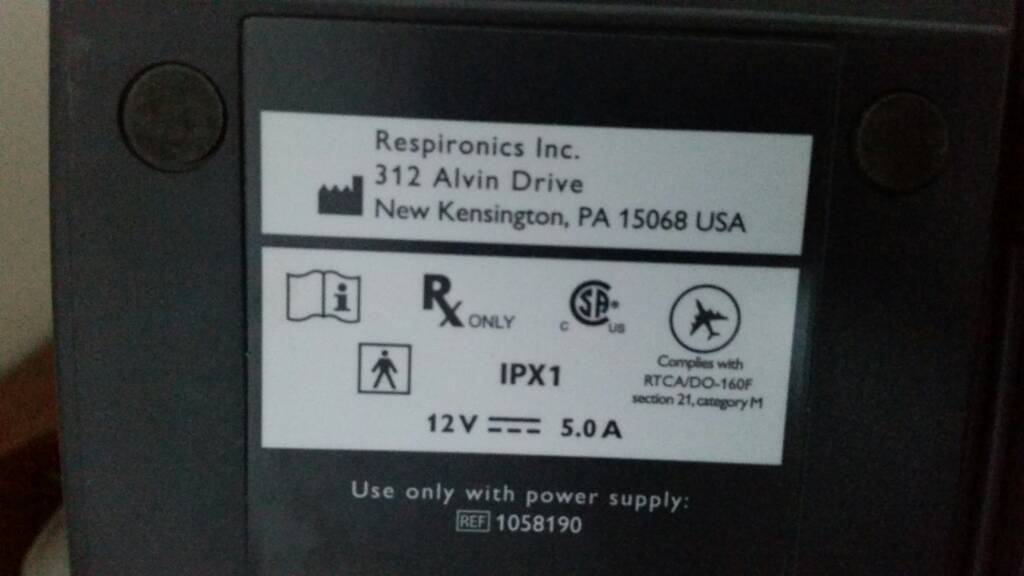Batteries are rated in Ah (ampere hour) which basically is a measurement how much power they can put out in an hour. For example, a 14Ah battery can put out 14A for 1 hour, or 1A for 14 hours. To find out how big of a battery you need you start with the current draw of your device and how many hours you need to run it, you then need to add extra capacity so that you don't completely draw down the battery and to compensate for power loss in cold weather.
(the following does not apply to Lithium based batteries)
In general you don't want to draw a deep discharge battery below 20%, and you can assume about 85% of rated Ah at 32 degrees F.
Let's say your CPAP draws 1A and you want to run it for 8 hours for 2 nights, so 16 hours total. Your draw is then 1A * 16hr = 16Ah. If you then assume a max 80% discharge and 85% of power at 32F (divide by .80, divide by .85) you wind up with a required battery size of ~24Ah.
The big question is the true draw of your CPAP if you disable the humidifier and the heated hose. 6.7A seems really high, and would result in you needing a really large battery, you might want to email the manufacturer and see if they have any more specific data. Or, you could get a battery and do some testing to see how long it lasts.








